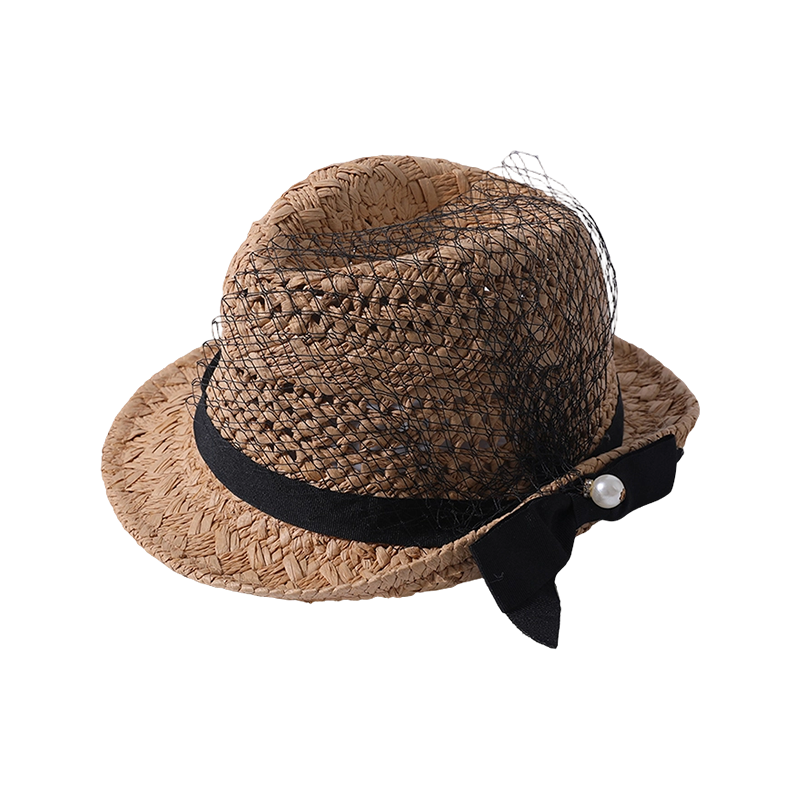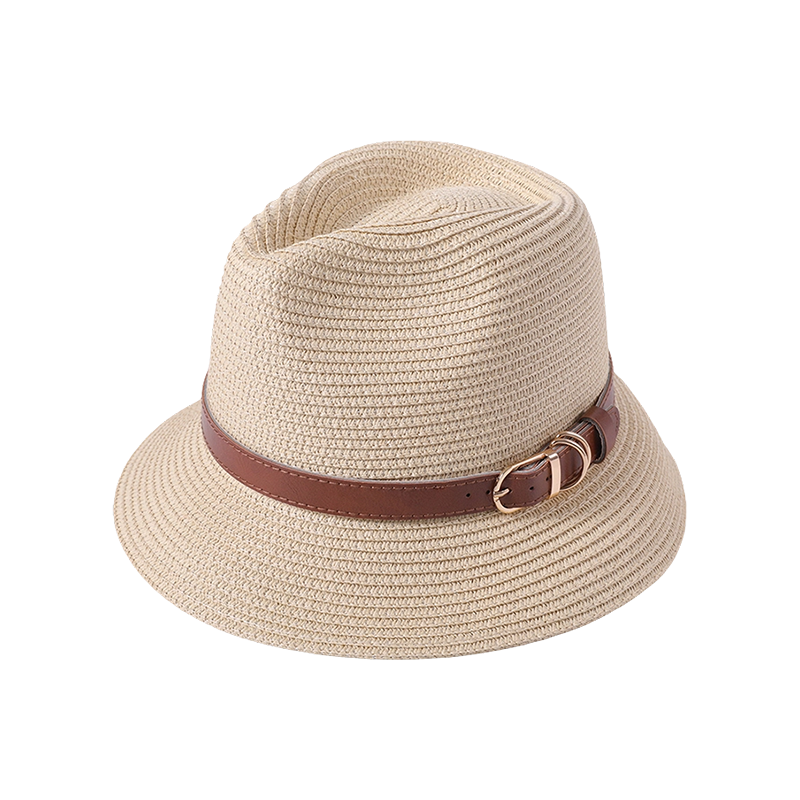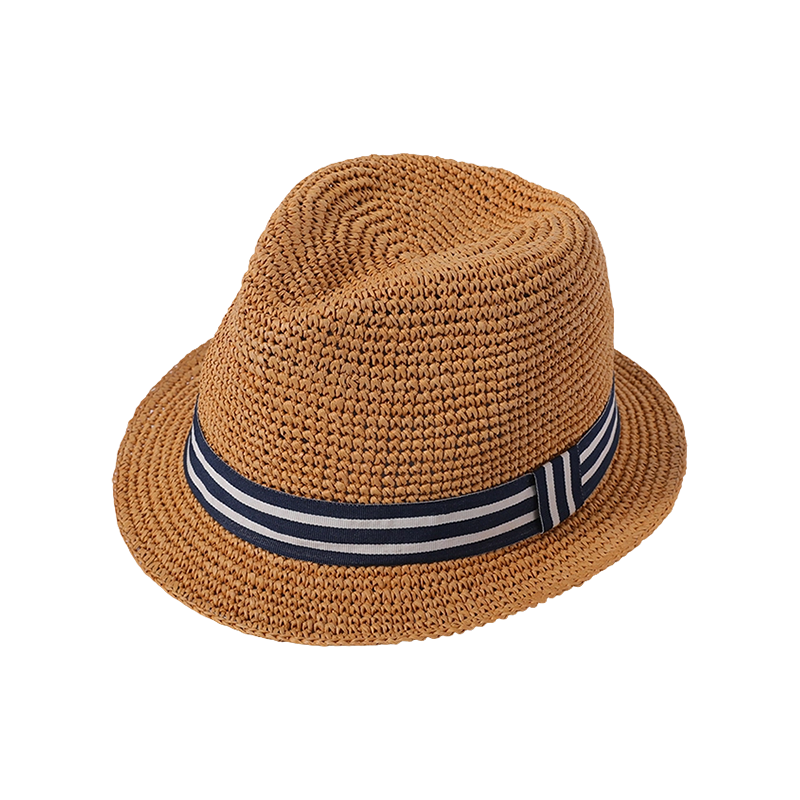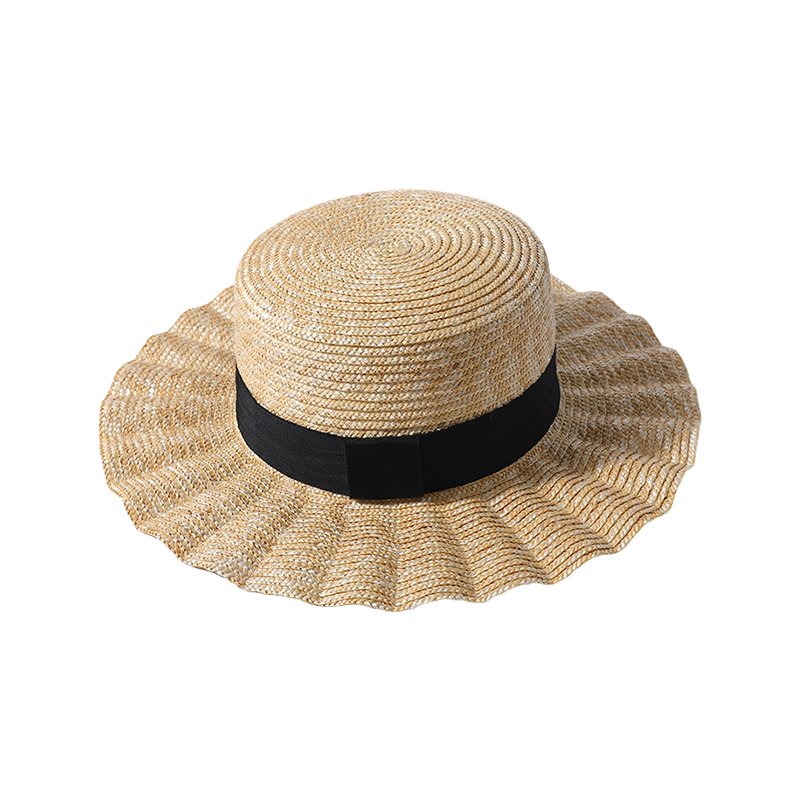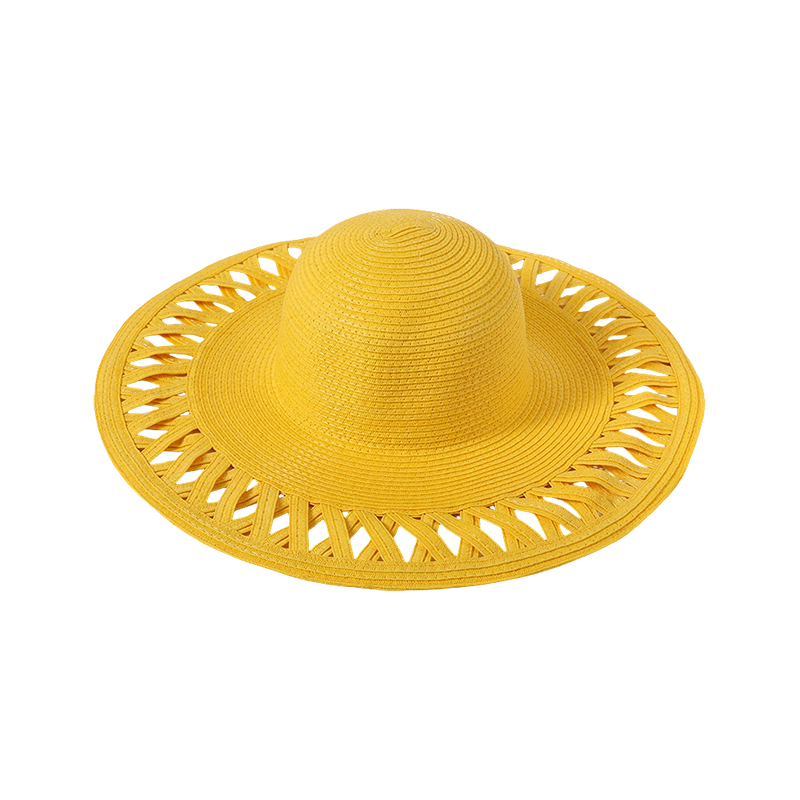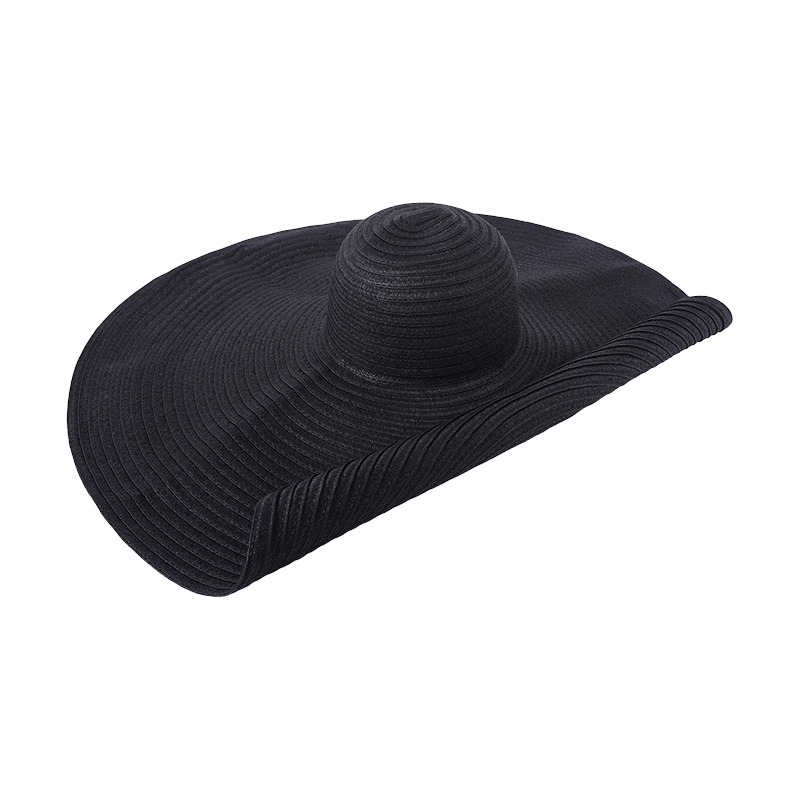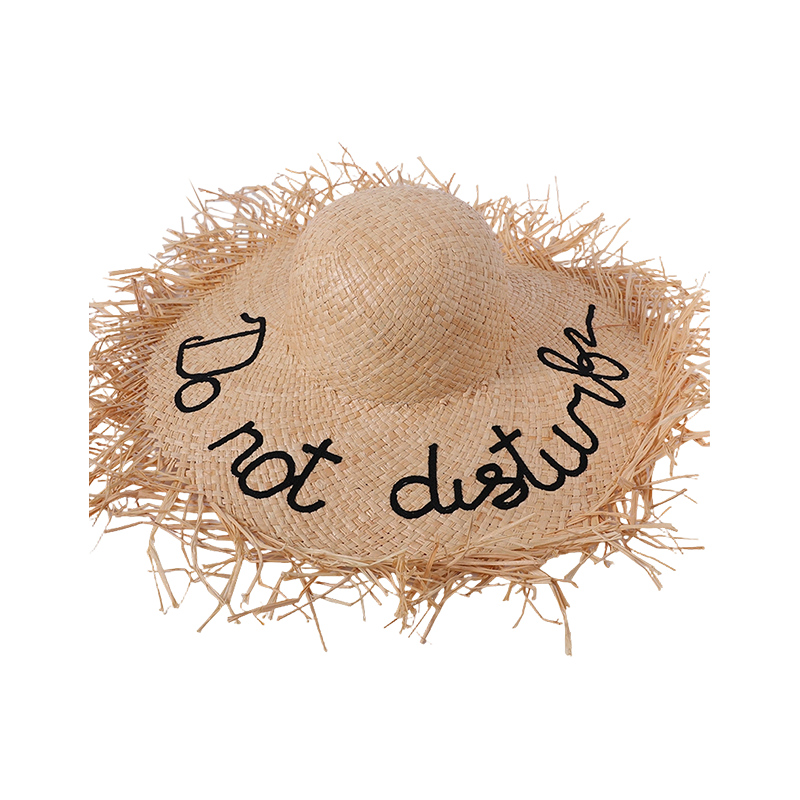Submit feedback
The Rise of Eco-Friendly Fabric Hats in the Fashion Industry
 2024.11.08
2024.11.08
 Industry News
Industry News
Wholesale womens fabric hats Manufacturer
In recent years, the fashion industry has been undergoing a significant transformation, with sustainability and eco-friendliness becoming key drivers in the design and production of clothing and accessories. One of the noticeable trends in this shift is the rise of eco-friendly fabric hats. These hats, made from sustainable materials and produced with environmentally conscious practices, are gaining popularity among consumers who are increasingly aware of the impact of their fashion choices on the planet.
The demand for eco-friendly fabric hats has been steadily increasing, as more people are looking for ways to reduce their carbon footprint and support brands that align with their values. This trend is not just limited to a niche market; it is becoming mainstream, with major fashion brands and designers incorporating sustainable practices into their collections. The fabric hat, once a simple accessory, is now at the forefront of this eco-friendly revolution.
The fabric hat's journey to becoming a symbol of sustainability began with the recognition that traditional hat-making materials, such as leather and non-recyclable plastics, were contributing to environmental degradation. In response, manufacturers started exploring alternative materials that were not only eco-friendly but also stylish and durable. This led to the development of fabric hats made from organic cotton, recycled polyester, and other sustainable fibers.
One of the key benefits of eco-friendly fabric hats is their reduced environmental impact. These hats are often made from materials that require less water and energy to produce compared to traditional materials. For instance, organic cotton, a popular choice for fabric hats, is grown without the use of harmful pesticides and synthetic fertilizers, which can contaminate water sources and harm wildlife. Additionally, the production of recycled polyester, another material used in fabric hats, helps to reduce the amount of plastic waste that ends up in landfills and oceans.
The fashion industry's embrace of eco-friendly fabric hats has also led to innovations in design and manufacturing. Many brands are now using digital printing techniques that reduce water waste and chemical use, while others are employing zero-waste design principles to minimize fabric waste during the production process. These practices not only make fabric hats more sustainable but also contribute to a more circular economy, where resources are used efficiently and waste is minimized.
As the popularity of eco-friendly fabric hats grows, so does the variety of styles and designs available to consumers. From classic fedoras and Panama hats to trendy beanies and baseball caps, there is a fabric hat for every taste and occasion. This diversity ensures that consumers can find a hat that suits their personal style while also making a statement about their commitment to sustainability.
The rise of eco-friendly fabric hats is also being driven by changes in consumer behavior. More and more people are seeking out products that align with their values, and this includes their choice of headwear. A recent survey found that over 60% of consumers are willing to pay more for products that are environmentally friendly, indicating a strong market for fabric hats made with sustainable materials and practices.

In addition to consumer demand, regulatory changes are also playing a role in the growth of eco-friendly fabric hats. Governments around the world are implementing policies to reduce carbon emissions and promote sustainable practices, which is encouraging businesses to adopt more eco-friendly approaches. This includes the fashion industry, where the production of fabric hats is being scrutinized for its environmental impact.
The impact of eco-friendly fabric hats extends beyond the fashion industry. As more people choose to wear these hats, they are raising awareness about the importance of sustainable fashion and encouraging others to make more environmentally conscious choices. This ripple effect can bring about a broader shift in consumer behavior and a greater demand for sustainable products across various industries.
Despite the positive trends, challenges remain in the production and promotion of eco-friendly fabric hats. Ensuring that materials are truly sustainable and that production practices are environmentally friendly requires rigorous oversight and transparency. Additionally, educating consumers about the benefits of choosing eco-friendly fabric hats over traditional alternatives is crucial to driving further adoption.
In conclusion, the rise of eco-friendly fabric hats in the fashion industry is a testament to the growing awareness of the environmental impact of our clothing choices. As consumers, designers, and manufacturers continue to prioritize sustainability, we can expect to see even more innovation in the production of fabric hats. These hats are not just a fashion statement; they are a symbol of our collective commitment to protecting the planet for future generations. With the continued growth of eco-friendly fabric hats, the fashion industry is taking a significant step towards a more sustainable future.


 En
En  Español
Español 中文简体
中文简体

